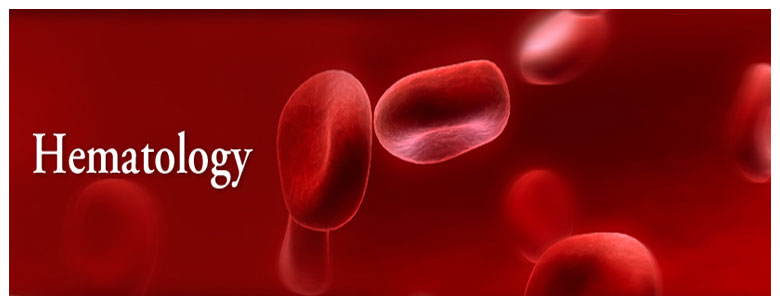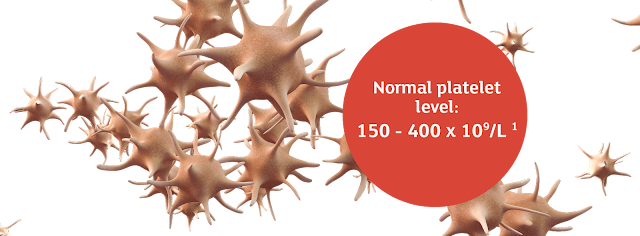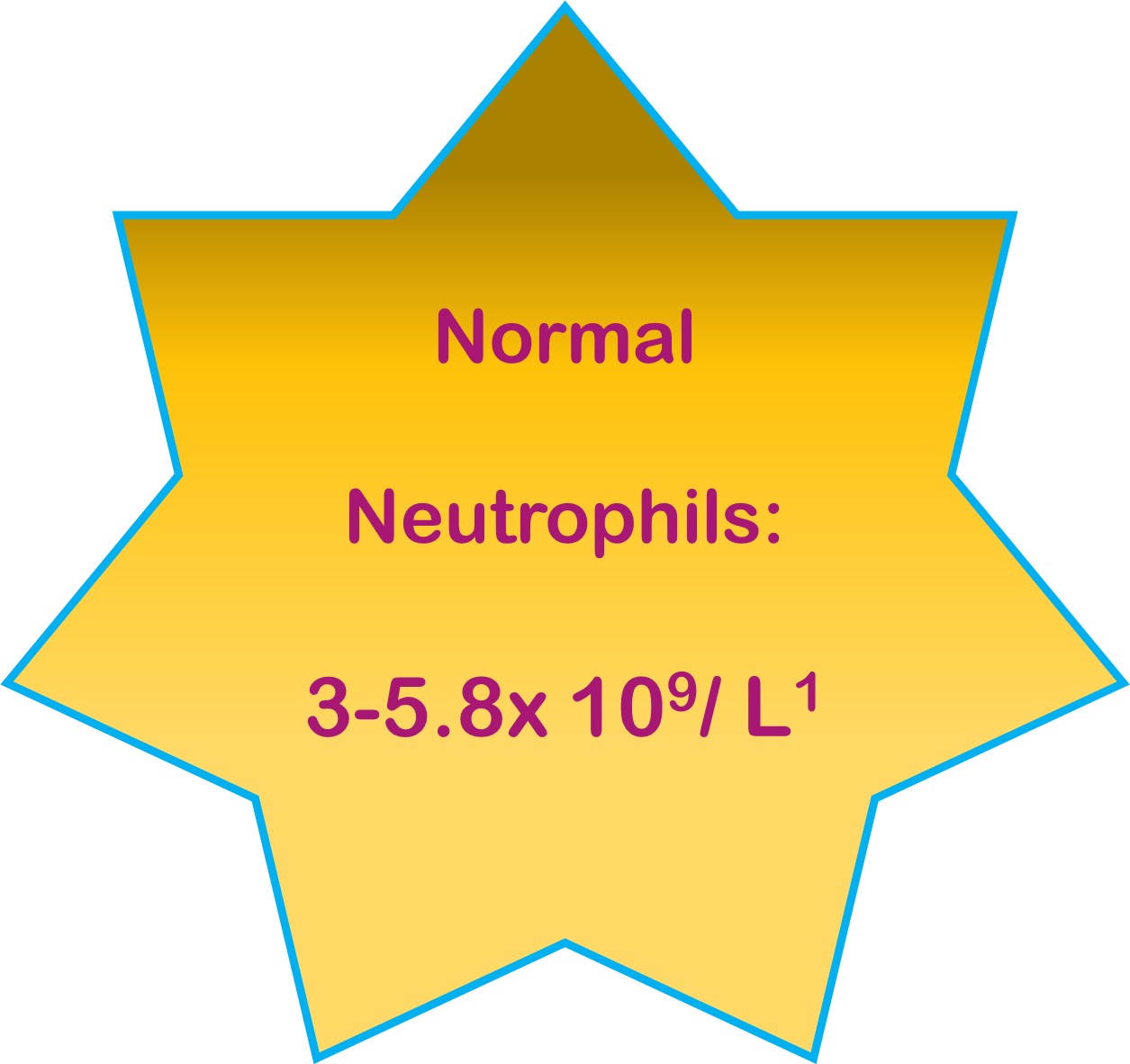MODULE: 1 INTRODUCTION TO HAEMATOLOGICAL SYSTEM
LEARNING OBJECTIVES:
At completion of this module, the staff will be able to:
💢 describe the process of Haemopoiesis
💢 describe the functions of erythrocytes, leucocytes and thrombocytes
Haemopoiesis
Definition:
The process of blood cell formation is called Haemopoiesis
Hematopoiesis Vs Haemopoiesis
Watch how blood cells are made inside the body!
🌎 The production of various blood cells- namely erythrocytes (RBCs), thrombocytes (platelets) and leucocytes (white blood cells) occurs in the bone marrow.
🌎 These cells are required by an individual for adequate:
👉 oxygenation of tissues
👉 coagulation (blood clot formation)
👉 protection against foreign and pathogenic organisms.
The bone marrow is a powerhouse of activity that produces around 100 billion red blood cells, white blood cells and platelets every day, and can increase production when necessary.
Blood cells need to be replaced on a regular basis because all blood cells have a limited life-span.
The tireless workers at the powerhouse are called blood stem cells, hemopoietic progenitor cells (HPC) or simply, stem cells.
Bone Marrow
At birth stem cells occupy almost all the bone marrow cavities. However, by the age of four Haemopoiesis is confined to:
These stem cells begin as basic cells in their function but are capable of self-replicating and differentiating (developing into specific blood cells with distinct functions).
 |
| These are the cells that are collected and used as a part of stem cell transplantation |
The first differentiation most blood stem cells make, is whether they will mature to be cells belonging to the myeloid lineage (red cells, white cells, platelets) or cells of the lymphoid lineage (B and T-lymphocytes, plasma cells and natural killer cells)
Erythrocytes (Red Blood Cells)
Now we will explore each cell type in the myeloid lineage cells.
Erythrocytes are round, concave cells that have a life span of approximately 120 days in circulation after which their components become recycled by macrophages.
Erythrocytes are largely composed of a molecule called haemoglobin.
Haemoglobin facilitates gas exchange around the body by:
💥transporting oxygen from the lungs to the body tissues to ensure adequate perfusion.
💥removing carbon dioxide from the tissues by exhalation through the lungs.
If a person doesn't have adequate amounts of haemoglobin, or adequate numbers of normal red blood cells they are said to have Anaemia.
Erythropoiesis is the production of Erythrocytes in the bone marrow or myeloid tissue.
Oxygen requirements of the cells regulate this process by stimulating the kidneys to secrete a hormone, known as erythropoietin.
erythropoietin is released into the blood, signaling the marrow to produce more erythrocytes.
Example: Hiking in high altitudes would increase red blood cell production in to marrow due to the greater need for oxygen in the body.
Thrombocytes
Thrombocytes, commonly referred to as platelets, are produced from very large bone marrow cells called megakaryocytes.
💢 As megakaryocytes develop, they undergo a process of fragmentation that results in the release of colorless, disc shaped cell fragments that we know as platelets.
💢 They have lifespan of approximately 8-12 days, although this may be reduced when a person has an infection, enlarged spleen, or there has been an abnormal amount of clotting in the body.
💢 If a person has an abnormally low platelet count, they are said to have thrombocytopenia and are at risk of bleeding or bruising more easily.
The functions of platelets
Platelets play a central role in coagulation (blood clot formation) and haemostasis (cessation of bleeding).
Coagulation and clot formation
Coagulation, also known as clotting, is the process by which blood changes from a liquid to a gel, forming a blood clot. Coagulation begins instantly after damage to the endothelium (inner) lining of the blood vessel has occurred. The mechanism of coagulation involves activation, adhesion and aggregation of platelets along with deposition of fibrin (clotting protein) to form a haemostatic plug or clot over the wound site and impede blood flow.
Haemostasis
The process by which the body is able to stop bleeding is called haemostasis.
Leucocytes (white blood cells) are specialized cells of the body’s immune system that help fight infection.
There are several sub-types of white blood cells, which can be broadly classified as either granulocytes or agranulocytes. Leucocytes have a lifespan of a few hours to a few years, depending on the type of cell.
GRANULOCYTES
Neutrophils are the most abundant type of granulocyte, making up 50-70% of our body. They take part in a process known as inflammation.
Neutrophils are highly motile cells ( able to move in the blood stream and tissues), and are first to arrive at the scene of tissue injury or invasion by pathogens (harmful microbes). Here they chase and surround the microbe and engulf it - called Phagocytosis
Many neutrophils die during this process and therefore the bone marrow is required to make more cells to cope with the infection.
Neutrophils have a very short life span of 4 days and need to be replaced by the bone marrow on a regular basis.
If the bone marrow has been affected by disease or treatment, like radiation or chemotherapy, it may not be able to replenish the circulating blood with the necessary number of neutrophils.
If a person doesn't have enough neutrophils they are considered to have neutropenia.
Basophils have a life span of around a few hours to a few days. Basophils are responsible for initiating the immune or inflammatory response by secreting a cellular substance known as histamine.
Eosinophils have a life span of 8-12 days and they play an important role in the inflammatory response. They are also involved in allergic responses and help to protect the body against invasion by parasites.
AGRANULOCYTES
Monocytes are the largest type of leukocyte produced in the bone marrow. They migrate to the inflammatory site where they develop into macrophages.
LYMPHOID LINEAGE CELLS
You have just learnt cell types and their functions in the myeloid lineage. Now let us look at the main cells in the lymphoid lineage.
B-Lymphocytes: a type of leucocyte that makes antibodies.
When activated, B-lymphocytes (B-cells) multiply rapidly and differentiate into plasma cells or memory cells.
Plasma cells: Plasma cells produce protective immunoglobulins (Ig) or antibodies. These immunoglobulins or antibodies are a critical part of the immune response by specifically recognizing and binding to particular antigens, bacteria or viruses via a lock and key method. Once found, they lock onto their target antigen stopping it in its tracks and making it easier for circulating granulocytes to destroy it.
Memory B-cells: are long-lived lymphocytes that are made to hold the memory of the exposure. This means that if the immune system encounters the same antigen again it can respond more quickly, releasing the specific antibody needed to prevent another infection.
T-lymphocytes: a type of leucocyte also known as a T-cell or thymocyte.
T-cells protect the body from infected cells or foreign pathogens by killing them directly or instructing the B-lymphocytes to make specific antibodies against them. T-cells also secrete important cytokines, like the interleukins, to help regulate immune responses.
Natural Killer (NK) cells: a type of white blood cell that recognizes and eliminates virally infected or abnormal cells, such as cancer cells. When NK cells bind to a target cell, it produces several cytokines and toxic molecules that can kill the target cell.
REFERENCES:
1. McCance, K.L. & Huether, S.E., (2019). Pathophysiology: The biologic basis for disease in adults and children. 8th ed. Elsevier. St Louis






























Informational
ReplyDelete